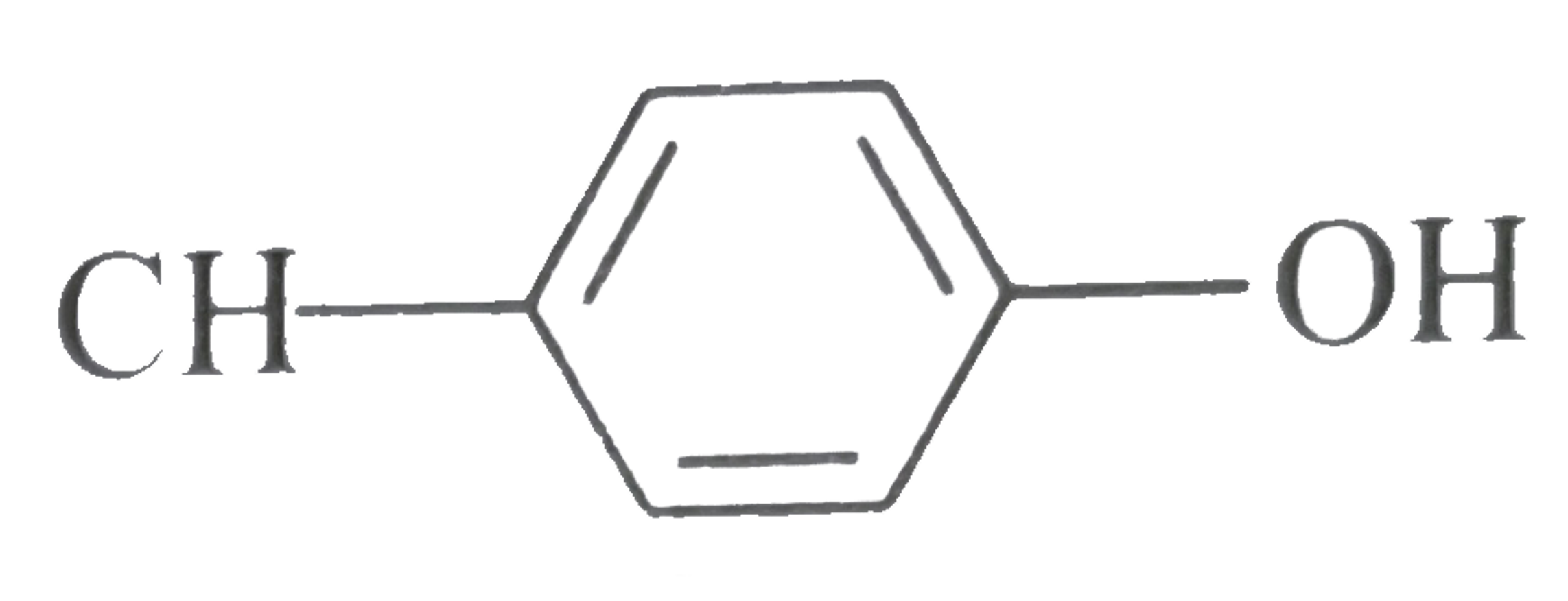What type of reaction is involved is the reaction CH2−CH−CH3+HBr→CH3−CH(Br)−CH3?
Nucleophilic addition
electrophilic substitution
electrophilic addition
free radical addition
The correct Answer is:C
To determine the type of reaction involved in the given chemical reaction, we can break it down step by step.
Step 1: Identify the Reactants
The reactants in the reaction are:
- Propene (CH₂=CH-CH₃)
- Hydrogen bromide (HBr)
Step 2: Understand the Reaction Type
The reaction involves the addition of HBr to the alkene (propene). In this case, the double bond in propene is broken, and HBr is added across the double bond.
Step 3: Mechanism of the Reaction
1. Electrophilic Addition: The double bond in propene acts as a nucleophile, attacking the hydrogen atom of HBr. This step generates a carbocation intermediate.
2. Formation of Carbocation: The more stable carbocation is formed at the more substituted carbon atom due to Markovnikov's rule, which states that the electrophile (H⁺) will add to the carbon with the greater number of hydrogen atoms.
3. Nucleophilic Attack: The bromide ion (Br⁻) then attacks the carbocation, resulting in the formation of the final product.
Step 4: Identify the Product
The product of the reaction is:
- 2-Bromopropane (CH₃-CH(Br)-CH₃)
Conclusion
The type of reaction involved in the conversion of propene and HBr to 2-bromopropane is an electrophilic addition reaction.
---
The reactants in the reaction are:
- Propene (CH₂=CH-CH₃)
- Hydrogen bromide (HBr)
The reaction involves the addition of HBr to the alkene (propene). In this case, the double bond in propene is broken, and HBr is added across the double bond.
1. Electrophilic Addition: The double bond in propene acts as a nucleophile, attacking the hydrogen atom of HBr. This step generates a carbocation intermediate.
2. Formation of Carbocation: The more stable carbocation is formed at the more substituted carbon atom due to Markovnikov's rule, which states that the electrophile (H⁺) will add to the carbon with the greater number of hydrogen atoms.
3. Nucleophilic Attack: The bromide ion (Br⁻) then attacks the carbocation, resulting in the formation of the final product.
The product of the reaction is:
- 2-Bromopropane (CH₃-CH(Br)-CH₃)
The type of reaction involved in the conversion of propene and HBr to 2-bromopropane is an electrophilic addition reaction.
Topper's Solved these Questions
- SAMPLE PAPER 02BOOK - EDUCART PUBLICATIONCHAPTER - SAMPLE PAPER 02EXERCISE - SECTION - B
24 Videos
- SAMPLE PAPER 02BOOK - EDUCART PUBLICATIONCHAPTER - SAMPLE PAPER 02EXERCISE - SECTION - C
6 Videos
- SAMPLE PAPER 01BOOK - EDUCART PUBLICATIONCHAPTER - SAMPLE PAPER 01EXERCISE - SECTION-C
5 Videos
- SAMPLE PAPER 04BOOK - EDUCART PUBLICATIONCHAPTER - SAMPLE PAPER 04EXERCISE - SECTION C
6 Videos
Similar Questions
Knowledge Check
What type of reaction is involved the reaction CH2=CH−CH3+HBr→CH3−CH(Br)−CH3?
ANucleophllic additionBElectrophilic substationCElectrophilic additionDFree radical additionThe reaction CH2=CHCH3=HBr→CH3CHBrCH3 is-
ANucleophilic additionBElectrophilic additionCElectrophilic substitutionDfree radical additionThe reaction CH2=CH−CH3−HBr→CH3CHBr−CH3 is
ANucleophilic reactionBElectrophilic reactionCElectrophilic reactionDFree radical addition

 with
with  with
with